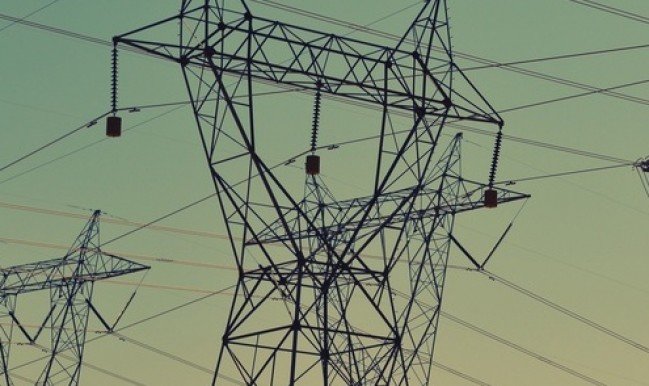The Paris Agreement is not only a success for the negotiators, but above all evidence of the growing interest in the development of a low-emission economy. According to the International Energy Agency, within 5 years RES capacity will constitute 60% of all power in the energy sector. Despite the fact that we are only talking about capacities and the real production of green energy is lower, it is a strong signal concerning the trend of energy production in the world.

The Marrakech Climate Summit is just beginning and, at the same time, the Agreement reached last year in Paris on global climate protection enters into force. It is a legally binding agreement for all countries of the world and indefinite. It enters into force because more than 55% of the countries of the Convention (i.e. more than 100) have ratified the Agreement - the rest will probably do the same soon. All countries of the world have committed themselves to reducing emissions, including sceptical countries such as the United States and China.
From Poland's point of view, seemingly little is changing for the domestic energy sector, because national and EU regulations have a greater, direct driving force, which determine the actions to be taken in the energy sector by 2030. However, it will be difficult to persuade EU countries to verify the ambitions of the European climate policy, arguing that it does not have sufficient international support.
There are at least four main reasons why it was possible to reach a global agreement, and these tendencies should also be taken into account when designing Poland's energy strategy for the next decades:
1. Changing costs of energy production from different sources
The costs of solar and wind energy are falling and we have more and more knowledge about balancing RES sources in the energy system. On the other hand, the costs of fossil fuel power generation are rising. Unlike renewable energy sources, conventional power generation facilities are barely inexpensive - or even more costly due to, among other things, the need to build increasingly sophisticated environmental protection equipment. Production costs are also rising, which carry over not only fuel costs, but also, increasingly, environmental costs. As a consequence, in the near future, the price of electricity generated in conventional power plants may be less attractive to the end user than the price of locally generated energy.
2. Seeking the drivers of economic growth through innovations
Low-emission power production systems and information technology for the control and management of power generation equipment are creating new industries and are beginning to provide significant support to the economies of many countries. More and more countries around the world are becoming convinced of the need to support such " drivers of economic growth". The development of power engineering based on renewable sources, on the other hand, forces modernization and growth of innovation in other branches of power industry.
3. Protection of the environment and its resources
At international level, the aim is to reduce CO2 emissions due to climate change, but at local level it is important to reduce the impact of energy and industry on the environment and human health. Awareness in this respect is growing and a reversal of this trend is to be expected.
4. Problems with the financing of large investments
The technological progress is accompanied by a slow change in the paradigm of the energy sector and a slow change in the classic model still in force in the twentieth century. As a result, the current energy market model in many countries around the world gives preference to financing low-emission sources, based on predictable capital costs and easier to implement in the current electricity model.
In conclusion, the Paris Agreement is a signal that interest in low-emission policies is not falling. Business, having a designated direction, will invest in this part of the energy sector. An important part will be the improvement of innovation, but also the reduction of costs. Digitalisation and the growing role of the consumer, who will have access to data and the ability to manage their consumption, will also be the driving force for the modernisation of the energy sector. From the Polish perspective, it is important whether this change will take place consciously, with clearly defined objectives that will enable the development of domestic industry, or in an uncoordinated and ad hoc manner.
The text was published on BiznesAlert.pl.
